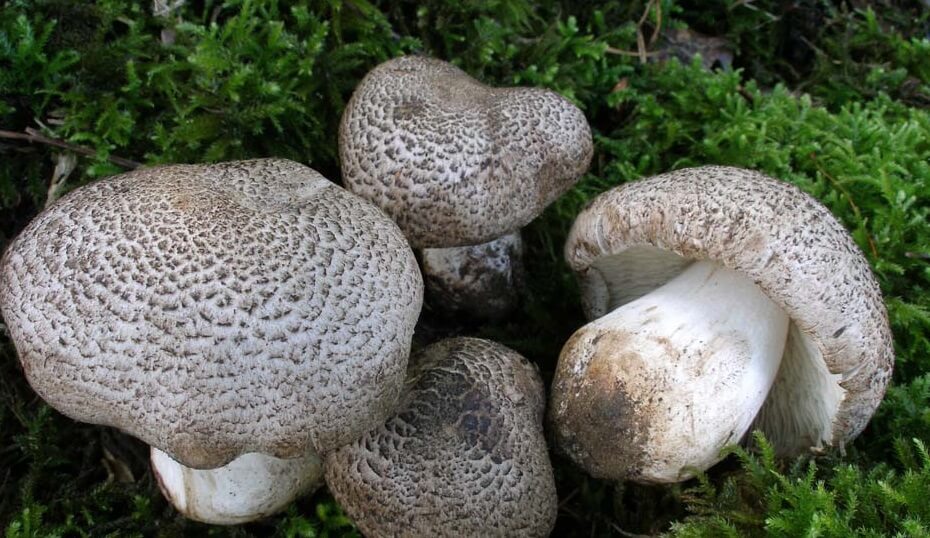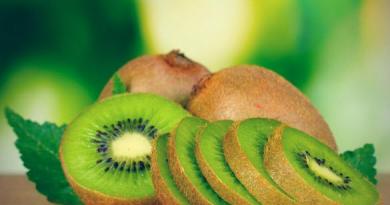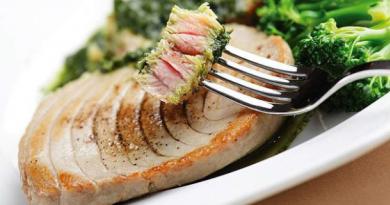Ryadovka or tricholoma is a very extensive family of mushrooms, consisting of about a hundred different species. Most of them are edible or non-toxic, but poisonous species are also found. Edible species can not only be collected in the forest, but also very successfully grown on their own.
What do the rows look like?
Row mushrooms grow in forests throughout the temperate zone of our country. All species of this family are autumn, and therefore bear fruit from the first days of September until the end of November. Especially a lot of fruiting bodies appear after the first cold weather, that is, usually in October.
The most common species in Russia are gray tricholoma, purple, yellow-red and others. Among them there are both very tasty and those that have mediocre taste, although they are quite edible.
All rows, edible and inedible, are agaric mushrooms with colored (very rarely white) hats, hemispherical and convex in young fruits and flat-prostrate in older ones. Not everyone has a coverlet, it disappears quickly, sometimes remaining on the leg as a ring. Some species have a floury, or strong unpleasant odor. Individual members of this family do indeed grow in long rows (rather than circles or families), for which this family was given its name.
For this family as a whole, the inconstancy and variability of external features are very characteristic, which greatly complicates their determination in the field. For this reason, usually only experienced mushroom pickers go hunting for them. But beginners, even knowing the description well, are sometimes completely unable to figure out which are edible and which are not.
Since there are about a hundred species of this family in total, half of which are found in Russia, photos and descriptions of all species will be of interest only to mycologists. For a simple layman, only a few of the most common types are of interest:
- Tricholoma purple - conditionally edible. It is easy to recognize by the characteristic color of the hat, which grows up to 15 cm in diameter. While the fungus is young, it is hemispherical, and as it ages, it becomes almost flat with an edge bent down. The pulp is dense, with a slight lilac tint. The stem is traditionally stiffer and lighter than the cap. The height of the stem rarely exceeds 8 cm.
- lilovonogaya - tasty conditionally edible. She is often confused with a purple relative, but they differ even in appearance. The hat is creamy yellow with a slight purple tint. Diameter - about 15 cm, sometimes larger. The pulp is very fleshy. The leg is short and wide (about 3-4 cm in diameter), slightly thickens downwards. As a rule, the stem is completely lilac (hence the name), but sometimes it is cream with lilac streaks.
- poplar (poplar) is also conditionally edible and is especially valued in steppe regions poor in other mushrooms. On the edge of the hat, as a rule, uneven and with cracks. Color yellow-brown. The cylindrical leg grows up to 6 cm in height and 3 cm in thickness. The flesh is white and firm.
- gray - edible with a light gray hat, occasionally giving off purple. Young fruits have a conical hat, old ones have a flat, uneven one. Outside and inside the leg is grayish or white. Sometimes the flesh is slightly yellowish.
- red - conditionally edible. Moreover, only young fruits can be consumed, since the old ones have an unpleasant aftertaste. The cap is yellowish-orange with flesh of a rich yellow tone.
- yellow. A rare mushroom of an unusual yellow color. Noticeably smaller than its closest relatives, it has a thin hollow leg. The flesh in the cap is yellow, and in the leg is brown. It smells very pleasant, but with insufficient heat treatment it has a bitter aftertaste.
Inedible rows
Although most tricholomas are classified as edible or conditionally edible, there are a few inedible or even toxic species among them: 
- poisonous - toxic, capable of causing serious food poisoning. The main danger is that it has a rather good taste and aroma, which is not typical for toxic mushrooms. It is recognizable by its grayish cap, covered with darker scales. The flesh is rather dense, gray near the cap and yellowish closer to the ground.
- white - inedible toxic, usually having a dull gray color scheme. The white cap is often, though not always, covered with yellow-orange spots. The fleshy flesh is always white. In young fruits, it does not smell, in old fruits it has a musty smell.
- brown - inedible (according to other sources, conditionally edible), has a bitter taste. Recognizable by a brown cap covered with small scales and a noticeable tubercle in the middle. At the edges, the cap is usually much lighter. The flesh is pale and firm.
Edible rows: cultivation technology
Since there are sometimes problems with identifying the species of members of this family in the field, it is safer to either focus on other wild mushrooms or master artificial cultivation. Fortunately, some species are quite successful in growing in the garden. The purple variety is best suited for these purposes.
It should be warned right away that, like all forest dwellers, tricholomas are rather picky mushrooms and it will be difficult to achieve good results. But, even if everything is done perfectly, you should not count on the fact that growing this crop will bring you any income. It's more of a hobby. Unlike oyster mushrooms and champignons, this species bears fruit relatively poorly, and therefore, for those who wish to earn money on the land, it is better to focus on more productive crops.
In order to plant edible rows, choose a shaded, moderately moist area. The presence or absence of trees nearby does not play a significant role. It should be borne in mind that we are dealing with autumn species, and therefore they begin to bear fruit only under certain conditions. In order for fruiting bodies to appear, the air temperature must be below 15 degrees, and the soil - about 20. It is obvious that artificially creating such conditions on the street will not work, and it is not advisable to allocate an entire room for cultivation.
Like any other forest mushrooms, there are two ways to plant tricholoma - seeds (spores) or mycelium (mycelium).
We plant a row of spores
The first thing to do is to find a good ripened mushroom in the forest (preferably a few). In order not to inadvertently sow some kind of toxic species, it is better to thoroughly prepare and learn how rows of edible species look like. Well, or just take an experienced mushroom picker with you into the forest to help identify the correct option.
The caps of the collected mushrooms must be thoroughly ground into a homogeneous gruel, which will contribute to the release of the maximum number of spores (seeds). Then this mass is soaked in potassium permanganate (concentration of 1 gram per 8-10 liters of water). Let the soaked mass stand in water for at least a few hours. This will release the maximum amount of seeds from the mushroom pulp.
Spores can be planted either in a special mixture of composted horse manure mixed with foliage and needles, or on a ready-made mushroom substrate. Planting happens like this: the soaked mass is simply poured onto the garden bed and covered with a substrate. It is better to make such a landing in the spring so that a mycelium forms over the summer and fruiting bodies grow from it by autumn. But in principle, you can plant a row in the fall so that it germinates the next year.
Mycelium breeding
Instead of "seeds", you can use "seedlings", which are mycelium (mycelium). You can get such a seedling in three ways - dig it up in the forest, grow it yourself or buy it in a specialized store.
Digging up mycelium in the forest is quite simple. You just need to find a clearing where edible mushrooms grow, and carefully cut a small piece of soil around one of the fruiting bodies with a shovel. A piece measuring 20x10x10 cm is enough. Then this trophy must be brought home and planted in the garden or in the garden, previously prepared and filled with a special substrate. This is a cheap way, but extremely unreliable.
You can grow mycelium on your own using the method described in the previous paragraph, right in the garden, or indoors.
Finally, mycelium can be bought, but the problem is that not every city has a store that sells tricholoma mycelium. In addition, there is always a risk that you will be given mycelium of the wrong type of mushroom or even dead mycelium.
Row growing rules
By and large, it does not matter which rows you will plant - seeds or mycelium. The main thing is that the planted material is in the most favorable conditions for it:
- The bed should be constantly wet, but in moderation.
- During the period of growth and development of mycelium, the soil temperature should be at least 20 ° C.
- The bed should be protected from direct sunlight and rain.
- If they are grown indoors, it must be lit, otherwise the legs will grow tall, but with a small hat.
- The crop is harvested when the hats become more or less flat.
- After each harvest, you need to cover the bed with a 5-centimeter layer of fresh earth.
- For the winter, when the air temperature drops below 5 ° C, the bed should be covered with a cloth, and on top of it with a 10-centimeter layer of leaves or straw.



